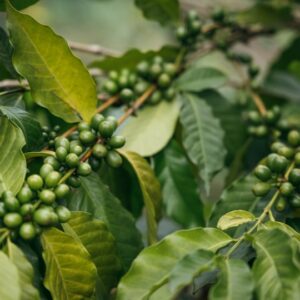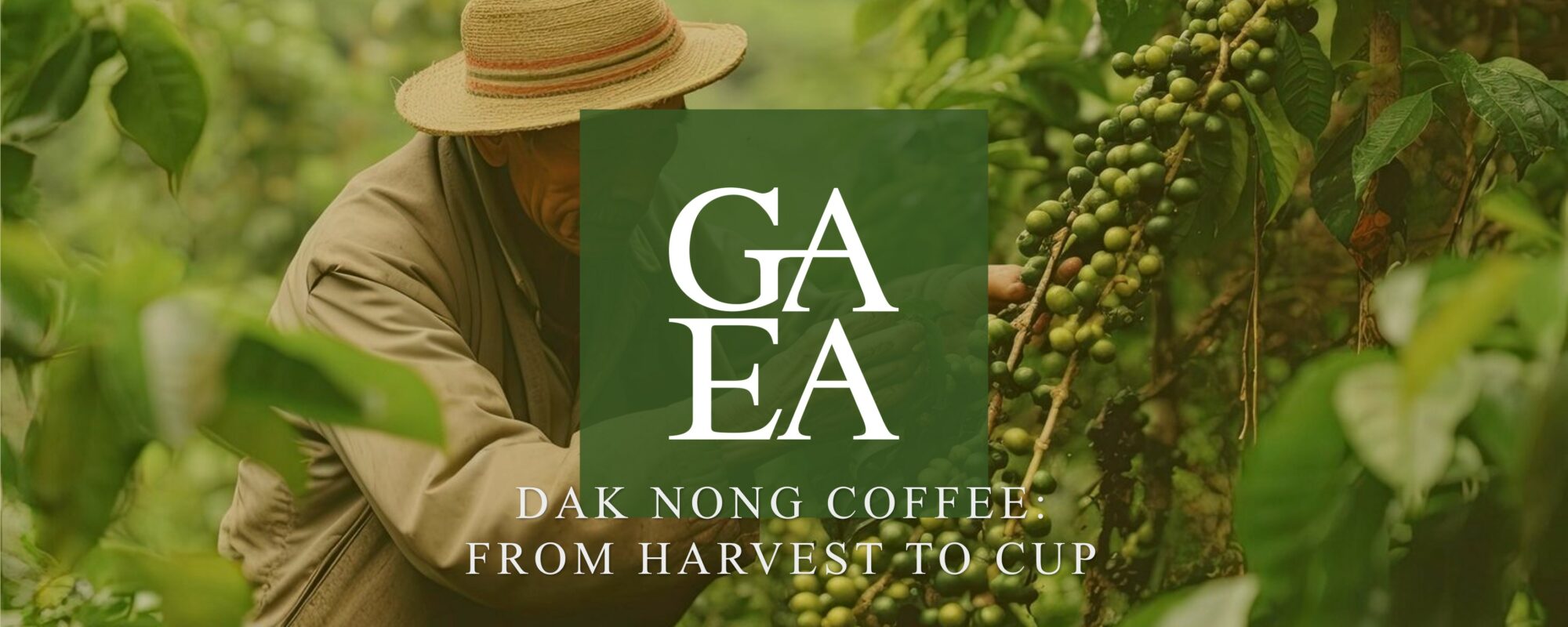Summary
Dak Nong, renowned for its rich coffee history, hosts a thriving coffee industry, ensuring global demand for its high-quality beans. Detailed harvest reports play a pivotal role in maintaining excellence. The unique microclimate, volcanic soil, and meticulous cultivation techniques contribute to the exceptional flavors of Dak Nong’s coffee. Challenges, such as labor shortages, are met with innovations like mechanized harvesting. The coffee harvest significantly impacts the local economy, providing income and employment. Emphasizing sustainability, Dak Nong adopts organic farming and engages in fair trade initiatives. Future trends include climate resilience, traceability, and a focus on specialty coffee.
Introduction to Dak Nong Coffee Harvest Analysis
Dak Nong boasts a rich history of coffee production, flourishing within its lush landscapes and favorable climate. With a lineage of skilled coffee farmers, this region consistently yields high-quality beans sought after by global coffee connoisseurs. The significance of detailed harvest reports cannot be overstated, as they play a pivotal role in ensuring only the finest coffee beans make their way into our cups.
Overview of Dak Nong Coffee Harvest
In Dak Nong, the coffee harvest unfolds during the dry season, spanning from November to April. The region’s unique altitude and soil composition contribute distinct flavors to the coffee beans. Thriving in volcanic soil amid cool nights and warm days, coffee plants in Dak Nong are nurtured to produce a crop of exceptional quality.
Importance of Dak Nong Coffee Harvest Reports
Harvest reports serve as indispensable tools, offering insights into the quality and quantity of coffee produced in Dak Nong. Beyond being a record of the harvest season, these reports detail conditions, yields, and challenges faced by farmers. They provide transparency and traceability, catering to the needs of farmers, coffee traders, and consumers alike.
Factors Affecting Coffee Harvest in Dak Nong
Several factors influence Dak Nong’s coffee harvest, including climate conditions, soil quality, and cultivation techniques. A nuanced understanding of these elements is crucial for optimizing yields and ensuring the production of the finest coffee beans.
Climate Conditions
Dak Nong’s unique microclimate, marked by cool nights and warm days, creates an ideal setting for coffee cultivation. Moderate rainfall and consistent temperatures contribute to steady plant growth, resulting in well-developed and flavorful coffee beans.
Soil Quality
The volcanic soil in Dak Nong, rich in minerals, provides essential nutrients for coffee plants. Regular soil quality tests are conducted by farmers to maintain optimal conditions, considering acidity and drainage properties.
Cultivation Techniques
Farmers in Dak Nong employ various cultivation techniques, such as pruning, fertilization, and irrigation, alongside shade-grown methods to protect coffee plants. These practices contribute to the overall health and productivity of the coffee trees.
Process of Coffee Harvesting in Dak Nong
The process involves meticulous steps to ensure the highest quality beans:
- Selecting the Right Time for Harvest: Farmers monitor the maturation of coffee cherries, considering visual cues and taste tests to determine the optimal time for harvest.
- Picking and Sorting Coffee Cherries: Skilled laborers handpick only the ripest cherries, followed by a sorting process to ensure uniformity in the batch.
- Processing Methods: Dak Nong primarily employs the wet method, involving the removal of outer skin and pulp, fermentation, washing, and thorough drying to enhance flavors and remove impurities.
Challenges Faced during Dak Nong Coffee Harvest
Despite an excellent coffee harvest, Dak Nong encounters challenges:
- Labor Shortage: Mechanized harvesting methods are explored to address the labor-intensive nature of coffee harvesting.
- Weather Risks: Farmers monitor weather patterns to mitigate risks such as excessive rainfall or drought.
- Pest and Disease Control: Integrated pest management strategies and disease-resistant coffee varieties are employed to minimize risks.
Impact of Dak Nong Coffee Harvest on the Local Economy
The coffee harvest significantly contributes to the local economy, providing income and employment opportunities. The success of the harvest season directly influences the livelihoods of those involved in the coffee supply chain.
Sustainable Practices in Dak Nong Coffee Harvesting
Growing emphasis on sustainability includes:
- Organic Farming Methods: Transitioning to organic farming to preserve soil health and produce chemical-free coffee beans.
- Environmental Conservation: Implementing measures like agroforestry, erosion control, and water conservation to protect the environment.
- Fair Trade Initiatives: Participating in fair trade programs to ensure equitable prices and support community development projects.
Technology and Innovations in Dak Nong Coffee Harvest
Advancements include:
- Mechanized Harvesting: Adoption of machines for efficient harvesting, addressing labor shortages and maintaining quality.
- Precision Agriculture: Utilizing technologies like remote sensing and GPS mapping for informed decision-making on irrigation, fertilization, and pest management.
- Post-Harvest Processing Innovations: Improved pulping, fermentation techniques, and advanced drying methods enhance consistency and quality.
Future Trends in Dak Nong Coffee Harvest
Anticipated trends include:
- Climate Resilience: Implementation of practices to adapt to unpredictable weather patterns.
- Traceability and Certification: Growing demand for certifications like Rainforest Alliance or Organic, highlighting commitment to sustainability.
- Digitalization: Integration of digital tools, such as blockchain-based traceability systems and mobile apps, for streamlined processes.
- Specialty Coffee Focus: Exploration of unique varietals, processing methods, and sensory training to cater to the thriving specialty coffee market.
Conclusion
The coffee harvest in Dak Nong epitomizes a blend of tradition, innovation, and sustainability. From meticulous cherry selection to sustainable farming practices, each step contributes to the production of exceptional coffee beans. Dak Nong remains a key player in the global market, adapting to evolving industry demands while maintaining its commitment to quality and sustainability.
Dak Nong FAQs
- What is the best time for coffee harvesting in Dak Nong?
The coffee harvest in Dak Nong usually occurs during the dry season, extending from November to April, ensuring optimal weather conditions for peak ripeness.
- How do coffee farmers in Dak Nong deal with labor shortages during harvest?
Farmers increasingly adopt mechanized harvesting methods to address labor shortages, improving efficiency and reducing dependency on manual labor.
- Are there any certifications for sustainable coffee harvesting in Dak Nong?
Yes, various certifications, including Rainforest Alliance, Organic, and Fair Trade, are available, ensuring adherence to specific environmental and social standards in coffee production.
GAEA, Vietnam Sourcing
Established in 2021, GAEA GLOBAL., LLC, operating under GAEA Vietnam Sourcing, actively participates in the trading and export of green coffee beans. As a Vietnamese coffee trader, manufacturer, and supplier, we provide a diverse assortment of green coffee beans sourced from Vietnam’s beautiful agricultural landscape. Our product range includes roasted whole beans and ground coffees, along with OEM services.





